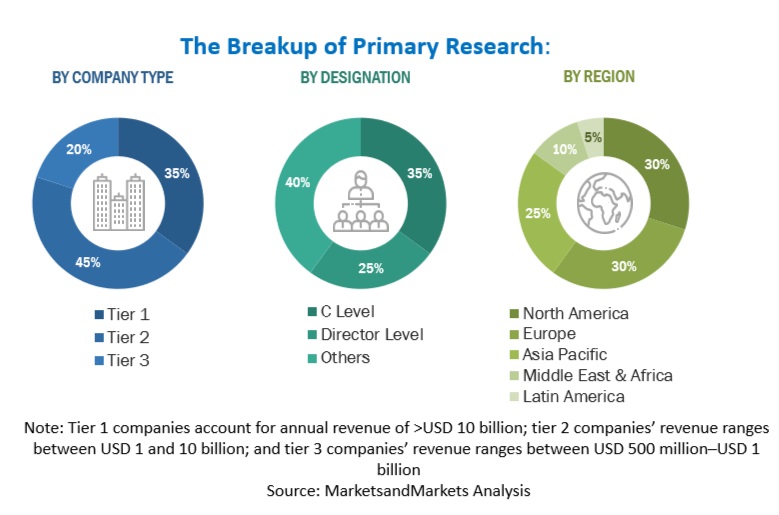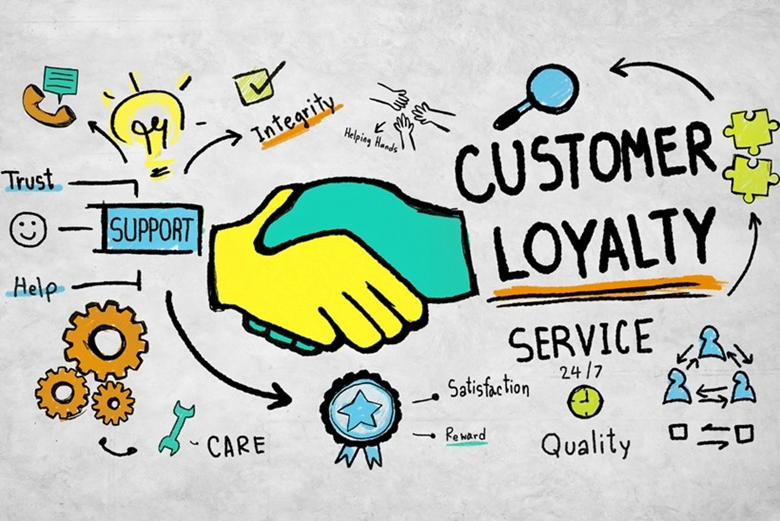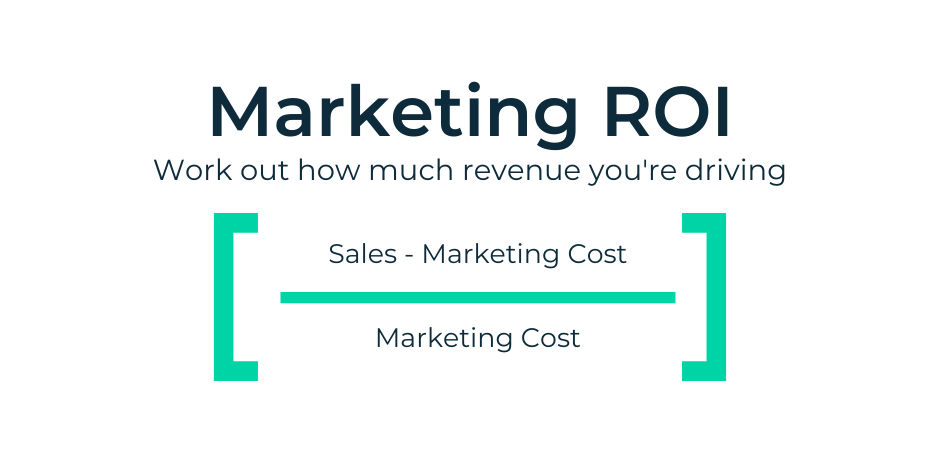X баннеры
X баннеры — это проверенное временем решение для мобильной и визуально привлекательной рекламы. Они идеально подходят для мероприятий, где важна быстрая установка, компактность и возможность оперативной смены рекламной информации. Благодаря Х-образной конструкции баннер остаётся всегда в натянутом состоянии, что придаёт ему опрятный и профессиональный вид. При этом каркас чрезвычайно лёгкий и удобный в транспортировке.

Одним из главных преимуществ x баннеров является простота эксплуатации. Они легко устанавливаются без использования инструментов, а смена полотна занимает буквально одну минуту. Это делает такие конструкции идеальными для компаний, участвующих в выставках, форумах, презентациях и промо-акциях. Кроме того, x баннеры можно использовать не только в помещении, но и на улице при умеренных погодных условиях.
На сайте format-ms.ru вы можете купить x баннер с печатью по вашему дизайну. Все конструкции отличаются высокой надёжностью и рассчитаны на многократное использование. Баннерное полотно можно менять по мере необходимости, используя один и тот же каркас для разных мероприятий. Это удобно и экономично — вы платите один раз за конструкцию и обновляете только визуальную часть.
X баннеры — это сочетание эффективности, практичности и эстетики. Они легко вписываются в любой интерьер, не требуют много места, при этом отлично справляются с задачей привлечения внимания. Благодаря доступной цене и долговечности, такие баннеры становятся идеальным выбором для бизнеса любого масштаба. Закажите сейчас — и получите инструмент, который будет служить вам долгие годы.
Читайте по теме: https://www.metooo.io/e/x-bannery
Из этого же раздела: https://www.bricklink.com/aboutMe.asp?u=xbanner
Не пропустите: https://zenwriting.net/formatms/kupit-x-banner
Часто читают: https://personaljournal.ca/exceltraininghub/x-bannery






